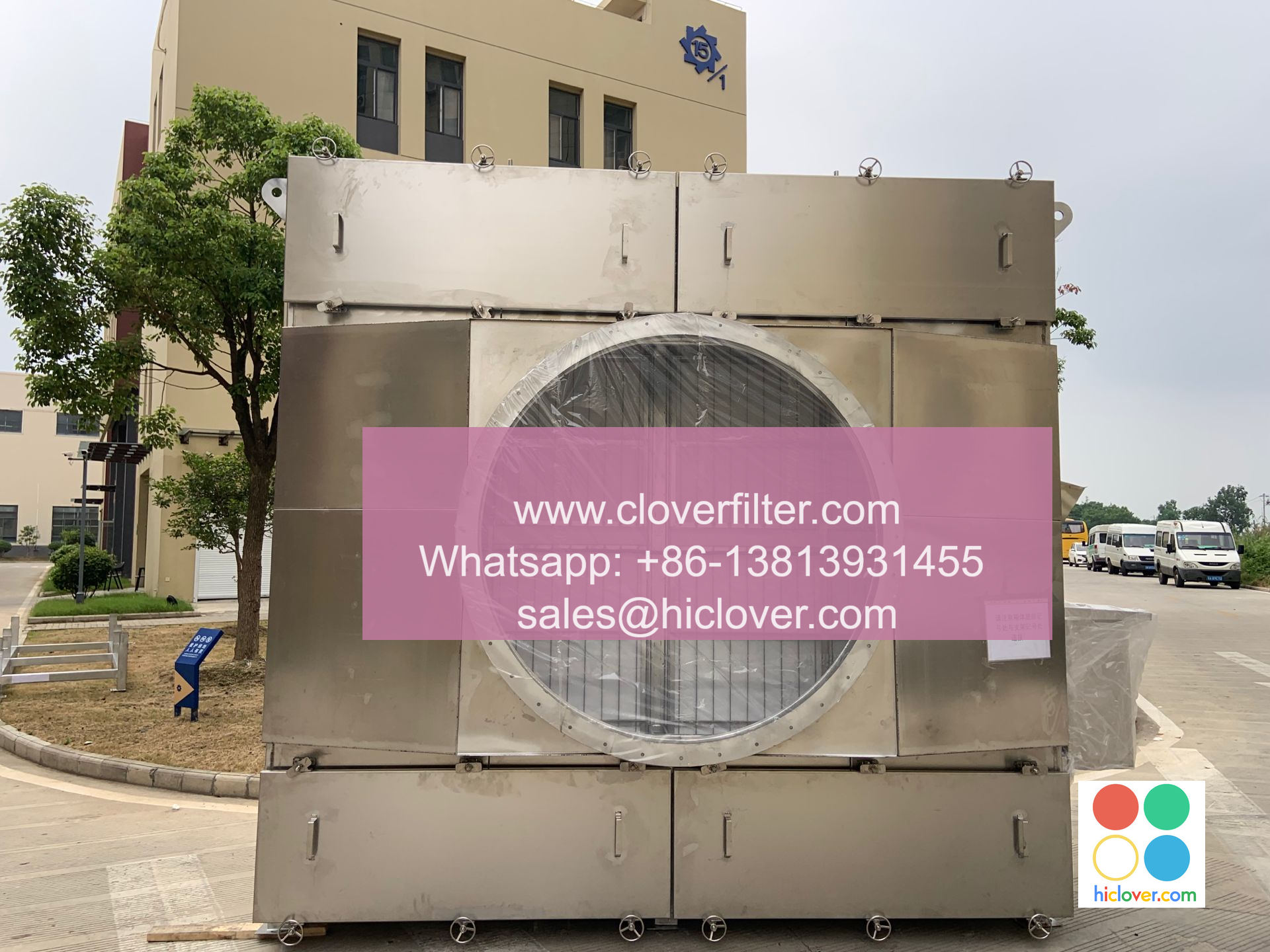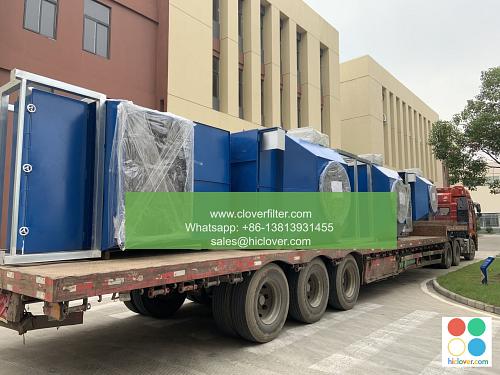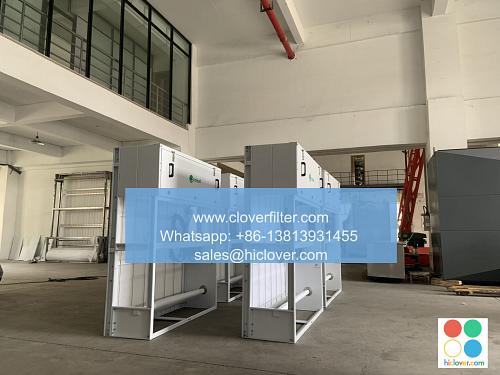Air Cleaners vs HVAC: Which Systems Can You Mix & Match Safely?

Air Cleaners vs HVAC: Which Systems Can You Mix & Match Safely?
When it comes to maintaining indoor air quality, both air cleaners and HVAC systems are essential tools. But what happens when you consider combining these two technologies? Can you mix and match air cleaners with HVAC systems, or should you opt for one or the other? In this article, we’ll explore the benefits and drawbacks of integrating air cleaners with HVAC systems, highlighting potential application areas and offering guidelines for safe and effective installation.
What are Air Cleaners and HVAC Systems?
To begin with, let’s define what air cleaners and HVAC systems are:
- Air Cleaners: Also known as air purifiers, air cleaners are designed to remove pollutants, allergens, and other contaminants from the indoor air. They use various technologies, such as HEPA filters, activated carbon, and UV light, to capture particles as small as 0.3 microns.
- HVAC Systems: Heating, Ventilation, and Air Conditioning (HVAC) systems are responsible for regulating the temperature, humidity, and air circulation in buildings. They can be configured to heat, cool, or ventilate, and often incorporate air cleaning technologies into their design.
Benefits of Combining Air Cleaners and HVAC Systems
Combining air cleaners with HVAC systems can offer several benefits, including:
- Improved Indoor Air Quality: By integrating air cleaning technologies into your HVAC system, you can remove pollutants and allergens more effectively than standalone air cleaners.
- Increased Energy Efficiency: When air cleaners are integrated into HVAC systems, they can help reduce the load on heating and cooling coils, leading to energy savings.
- Enhanced System Design: Combining air cleaners and HVAC systems can result in a more streamlined and efficient system design, reducing complexity and maintenance costs.
When to Mix and Match, and When to Opt for One or the Other
While combining air cleaners and HVAC systems can be beneficial, there are scenarios where it may not be advisable. Consider the following:
- Small-Scale Application: For small areas or rooms, standalone air cleaners may be sufficient. In this case, integrating an air cleaner with a small-scale HVAC system may be unnecessary and add complexity to the design.
- Sensitivity to Allergens: If you or a family member suffers from severe allergies, it may be more effective to opt for a standalone air cleaner to ensure optimal filtration and minimized exposure to allergens.
- High-Risk Environments: In high-risk environments, such as hospitals or industrial facilities, standalone air cleaners may be the better choice due to their ability to provide 100% clean air in critical areas.
Best Practices for Combining Air Cleaners and HVAC Systems
When combining air cleaners and HVAC systems, follow these best practices to ensure a safe and effective installation:
- Consult a Professional: Before combining air cleaners and HVAC systems, consult with a licensed HVAC technician to assess your specific needs and determine the most effective configuration.
- Choose the Right Air Cleaner: Select an air cleaner that is specifically designed for integration with HVAC systems, and ensure it is compatible with your system’s specifications.
- Proper Installation: Ensure proper installation of both the air cleaner and HVAC system, following manufacturer guidelines and safety protocols.
- Regular Maintenance: Regularly maintain both the air cleaner and HVAC system to ensure optimal performance and prevent premature wear.
Application Areas
Air cleaners and HVAC systems can be combined in various application areas, including:
- Residential: Combine air cleaners with residential HVAC systems to enhance indoor air quality and energy efficiency in homes.
- Commercial: Integrate air cleaners with commercial HVAC systems to improve indoor air quality, reduce energy costs, and enhance occupant comfort in offices, hotels, and other commercial spaces.
- Industrial: Use air cleaners with industrial HVAC systems to remove heavy industrial pollutants and contaminants, ensuring a safer and healthier work environment.
Conclusion
In conclusion, combining air cleaners and HVAC systems can be a powerful strategy for maintaining optimal indoor air quality and energy efficiency. By understanding the benefits and drawbacks of integration, choosing the right products, and following best practices for installation and maintenance, you can ensure a safe and effective combination of these two technologies. Whether you’re looking to enhance indoor air quality in a residential, commercial, or industrial setting, air cleaners and HVAC systems can work together to create a healthier and more comfortable environment for you and your occupants.
Prompt


